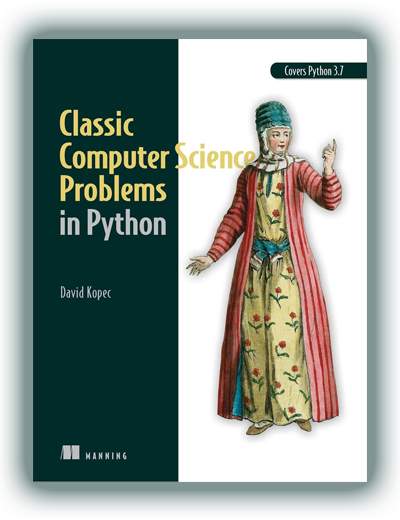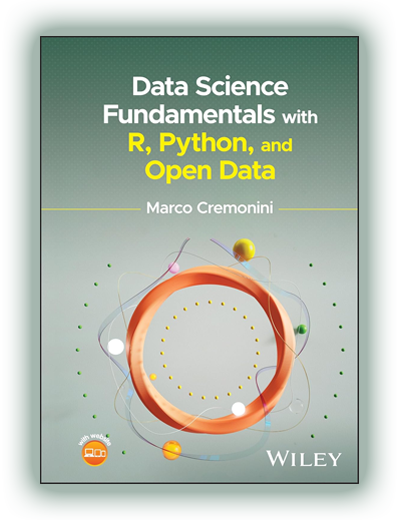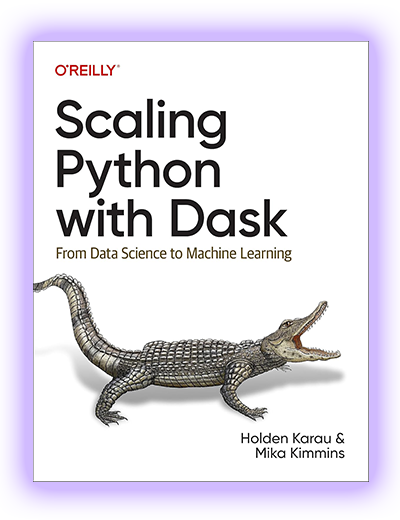Building Quantum Software in Python: A Developer’s Guide is a hands-on manual for quantum software development using Python, written specifically for programmers. The author, Constantin Gonciulea, draws on deep experience in quantum computing and explains the material from the perspective of a professional developer, not a theoretical physicist.
The guide is built around modern tools and libraries such as Qiskit, Cirq, and Pennylane. The content aligns with current industry demands and helps readers move from theory to actual development. Download the book "Building Quantum Software in Python" in PDF for free to start creating quantum algorithms within the Python ecosystem. It’s one of the few resources that speaks the developer’s language.
Who Is This Guide For?
This publication is meant for those who want to apply Python development skills in the quantum space and already have a basic understanding of programming and linear algebra. Target audience includes:
- Python developers exploring new stacks - the author shows how to use familiar tools for quantum programs.
- Machine learning engineers - hybrid integration of quantum models into ML workflows is explored.
- R&D engineers - this guide helps quickly identify tasks that can benefit from quantum acceleration.
- Students and graduate researchers - the book is an excellent base for thesis or project work in quantum computing.
What Sets This Book Apart?
The key difference in "Building Quantum Software in Python" is its focus on software development rather than math or theoretical physics. Most books in the field are aimed at physicists, with little practical implementation. Constantin Gonciulea takes a different route: he focuses on tools, APIs, simulators, and real frameworks that let you write, run, and debug quantum programs today.
The book reads like a developer’s technical manual. Topics include quantum circuits, measurement logic, algorithms like Grover and Deutsch-Jozsa, hybrid strategies, and Python integration. Every chapter comes with code, syntax tips, common errors, and debugging strategies.
The author covers modern tools like Qiskit (IBM), Cirq (Google), and Pennylane (Xanadu), allowing readers to choose the right stack for their projects. The book shows how quantum tech fits into the Python ecosystem and focuses on writing functional quantum code now - not someday.
How Can You Apply This in Practice?
- Design and simulate quantum circuits using Qiskit, Cirq, or Pennylane
- Implement foundational algorithms (Grover, Deutsch-Jozsa) in hybrid form
- Create custom gates and operators in quantum schemes
- Integrate quantum logic into ML pipelines and research workflows
- Run experiments on quantum clouds like IBM Q Experience, Xanadu, or Google Quantum Engine
More About the Author of the Book
The Developer's Opinion About the Book
I’ve read several books on quantum computing, but most are heavy on theory and light on code. This book is a welcome exception. It clearly explains not only the quantum concepts but also how to implement them in code. I especially appreciated the coverage of multiple libraries - it broadens your perspective and helps you choose the right tools. The guide helped me get comfortable with Qiskit quickly and build working circuits without diving deep into physics. If you're a developer who wants to understand quantum programming through hands-on examples - this book is for you.
Christopher Smith, Python Developer
FAQ for "Building Quantum Software in Python: A Developer’s Guide"
Is this book suitable for those without a background in quantum physics?
Yes. It’s written for developers, engineers, and data scientists without academic physics training. The author explains core concepts like superposition, entanglement, gates, and measurement in plain language, requiring only basic linear algebra and Python skills.
Which libraries are used in the book?
Three major quantum frameworks are covered:
- Qiskit (IBM) - for simulation and real quantum hardware execution.
- Cirq (Google) - for algorithm optimization and low-level gate control.
- Pennylane (Xanadu) - for hybrid models with PyTorch and TensorFlow.
Can this book be used for real-world development?
Absolutely. It’s intended for practical use, covering topics such as reusable registers, chain building, measurement analysis, simulation debugging, and hybrid ML architectures with quantum blocks.
Is this guide useful for AI professionals?
Yes - especially those exploring the intersection of classical ML and quantum computing. It explains how to embed quantum circuits into neural networks, feed ML data into quantum layers, and optimize parameters with VQAs (Variational Quantum Algorithms).
How does the book help prevent common development errors?
The guide includes detailed analysis of common mistakes: improper amplitude normalization, gate misalignment, uninitialized registers, and debugging under noisy conditions. It teaches simulation testing, state visualization, and accurate pipeline design.
Information
| Author: | Constantin Gonciulea, Charlee Stefanski | Language: | English |
| Publisher: | Manning | ISBN-13: | 9781633437630 |
| Publication Date: | 2025 | ISBN-10: | - |
| Print Length: | 378 pages | Category: | Python Books |
Get PDF version of "Building Quantum Software in Python: A Developer’s Guide" by Constantin Gonciulea, Charlee Stefanski
Support the project!
At CodersGuild, we believe everyone deserves free access to quality programming books. Your support helps us keep this resource online add new titles.
If our site helped you — consider buying us a coffee. It means more than you think. 🙌

You can read "Building Quantum Software in Python: A Developer’s Guide" online right now!
Read book online* →*The book is taken from free sources and is presented for informational purposes only. The contents of the book are the intellectual property of the author and express his views. After reading, we insist on purchasing the official publication on Amazon!
If posting this book in PDF for review violates your rules, please write to us by email admin@codersguild.net




